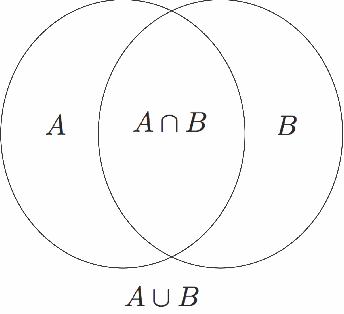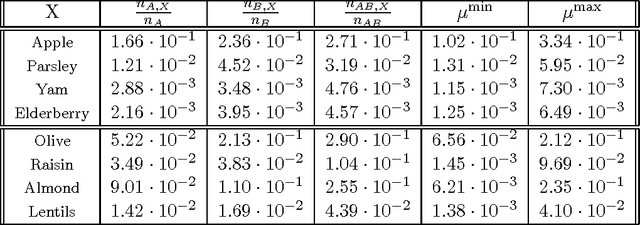Jonito Aerts Arguelles
The Heart of an Image: Quantum Superposition and Entanglement in Visual Perception
Jan 31, 2018



Abstract:We analyse the way in which the principle that 'the whole is greater than the sum of its parts' manifests itself with phenomena of visual perception. For this investigation we use insights and techniques coming from quantum cognition, and more specifically we are inspired by the correspondence of this principle with the phenomenon of the conjunction effect in human cognition. We identify entities of meaning within artefacts of visual perception and rely on how such entities are modelled for corpuses of texts such as the webpages of the World-Wide Web for our study of how they appear in phenomena of visual perception. We identify concretely the conjunction effect in visual artefacts and analyse its structure in the example of a photograph. We also analyse quantum entanglement between different aspects of meaning in artefacts of visual perception. We confirm its presence by showing that well elected experiments on images retrieved accordingly by Google Images give rise to probabilities and expectation values violating the Clauser Horne Shimony Holt version of Bell's inequalities. We point out how this approach can lead to a mathematical description of the meaning content of a visual artefact such as a photograph.
Towards a Quantum World Wide Web
Jan 29, 2018
Abstract:We elaborate a quantum model for the meaning associated with corpora of written documents, like the pages forming the World Wide Web. To that end, we are guided by how physicists constructed quantum theory for microscopic entities, which unlike classical objects cannot be fully represented in our spatial theater. We suggest that a similar construction needs to be carried out by linguists and computational scientists, to capture the full meaning carried by collections of documental entities. More precisely, we show how to associate a quantum-like 'entity of meaning' to a 'language entity formed by printed documents', considering the latter as the collection of traces that are left by the former, in specific results of search actions that we describe as measurements. In other words, we offer a perspective where a collection of documents, like the Web, is described as the space of manifestation of a more complex entity - the QWeb - which is the object of our modeling, drawing its inspiration from previous studies on operational-realistic approaches to quantum physics and quantum modeling of human cognition and decision-making. We emphasize that a consistent QWeb model needs to account for the observed correlations between words appearing in printed documents, e.g., co-occurrences, as the latter would depend on the 'meaning connections' existing between the concepts that are associated with these words. In that respect, we show that both 'context and interference (quantum) effects' are required to explain the probabilities calculated by counting the relative number of documents containing certain words and co-ocurrrences of words.
 Add to Chrome
Add to Chrome Add to Firefox
Add to Firefox Add to Edge
Add to Edge